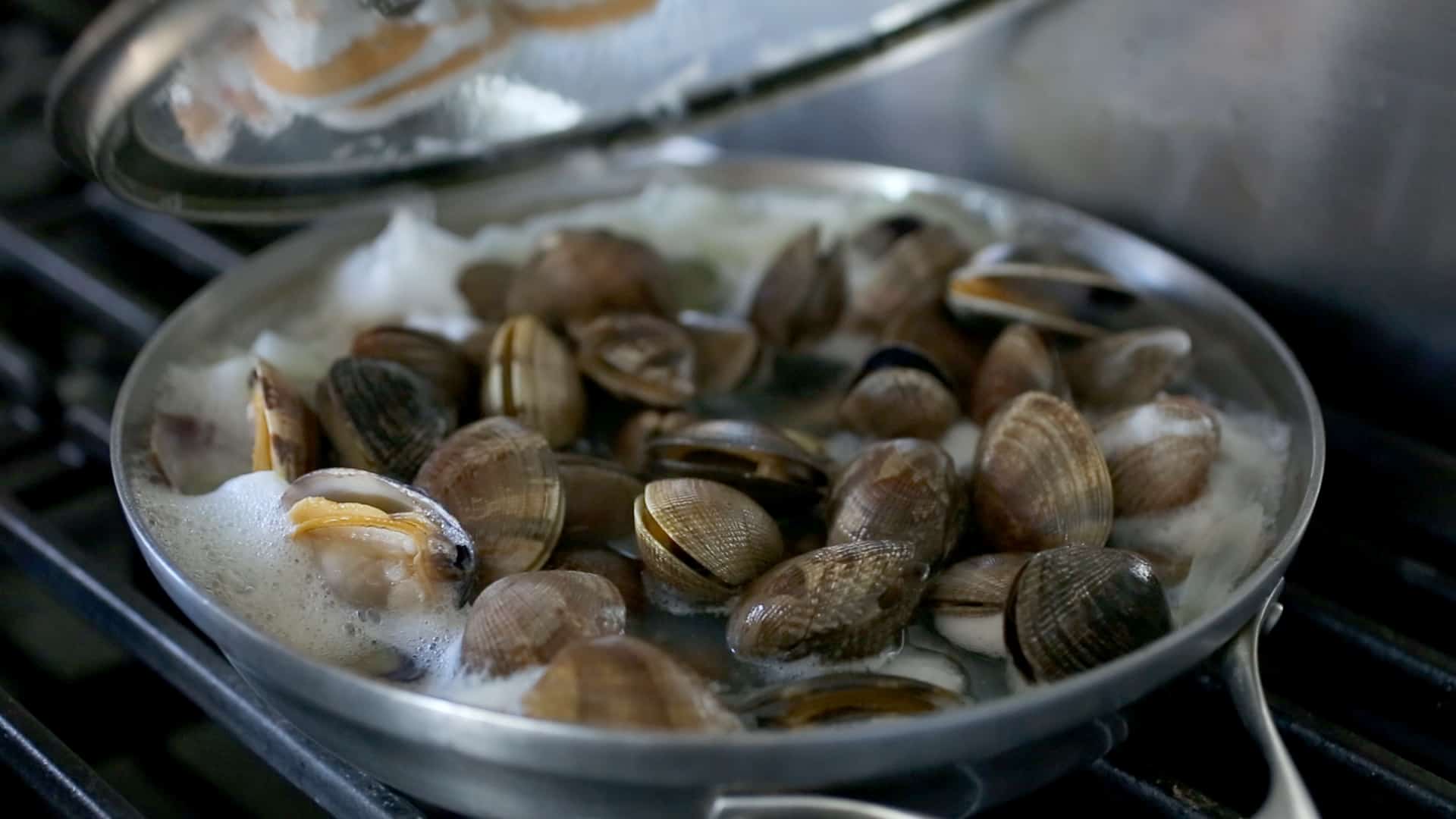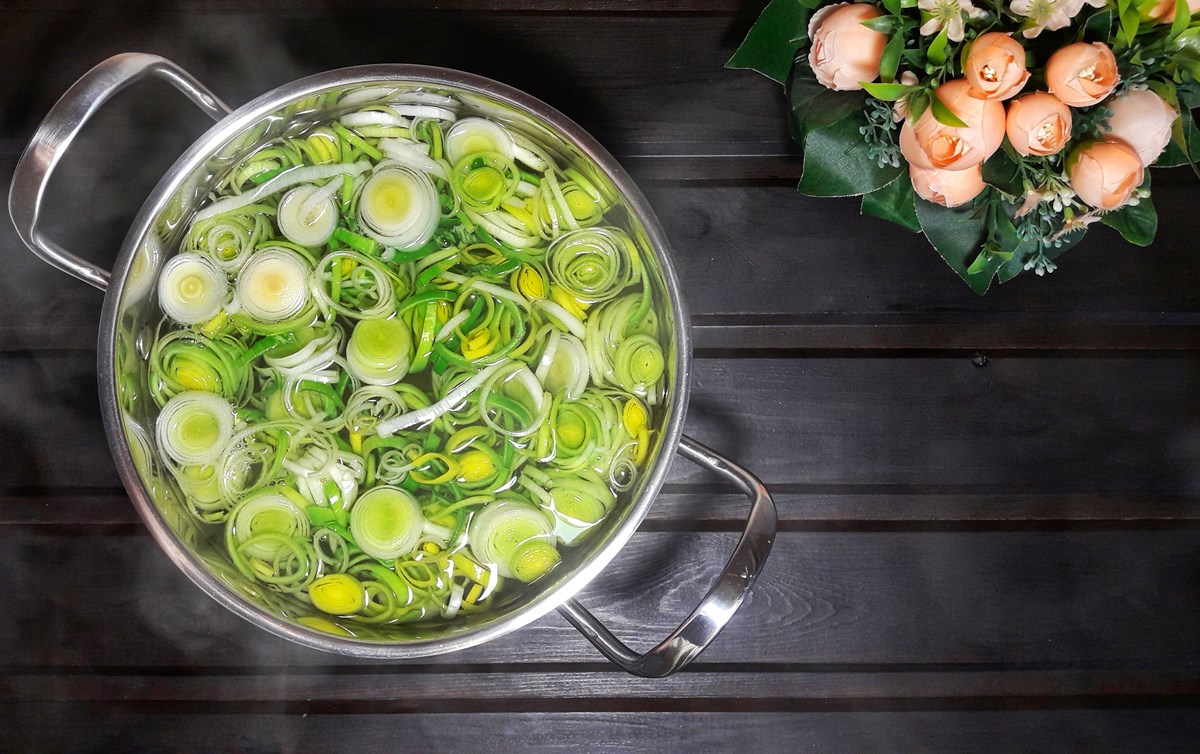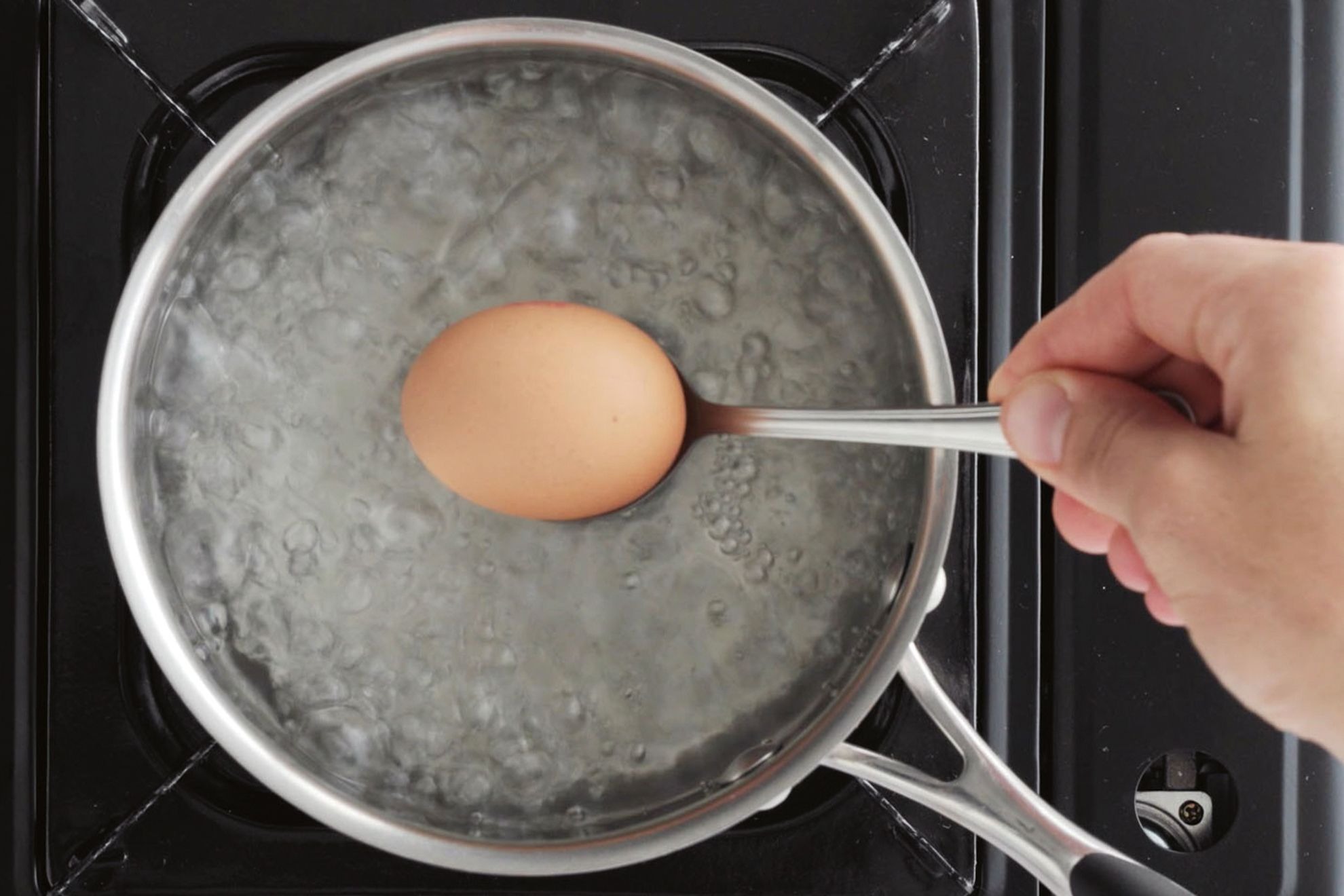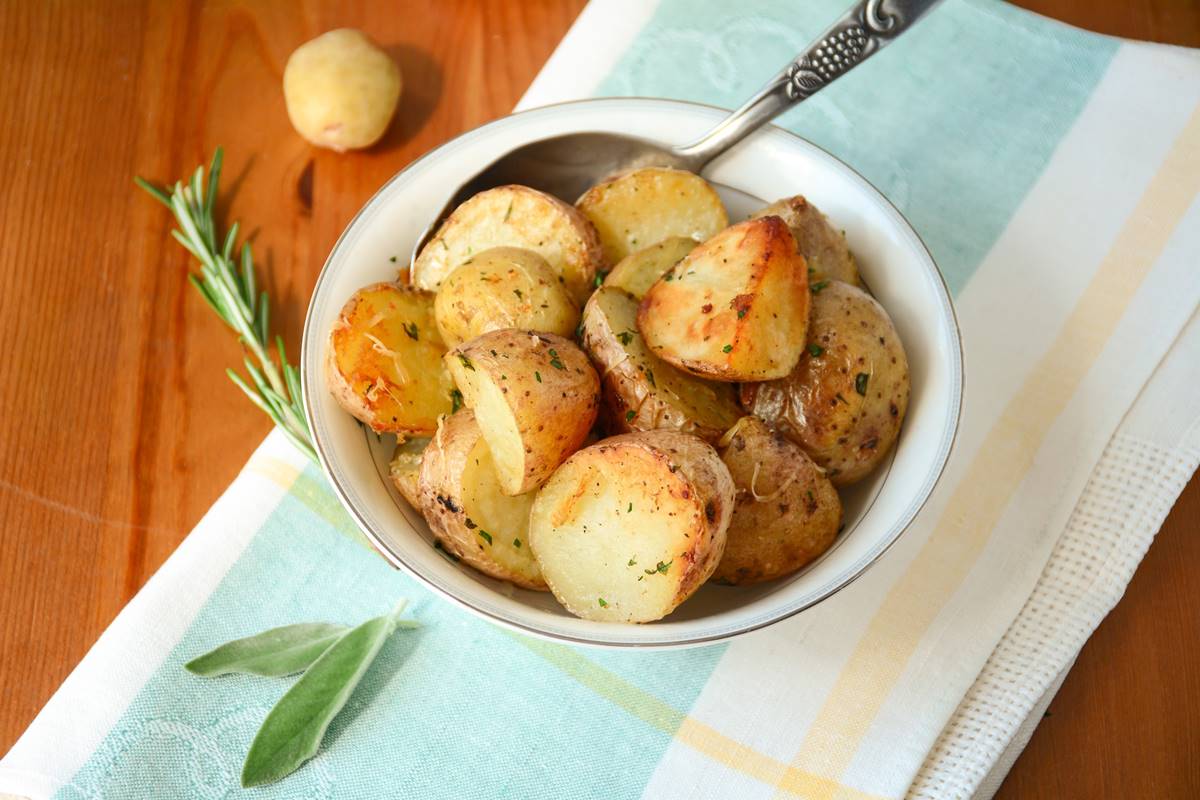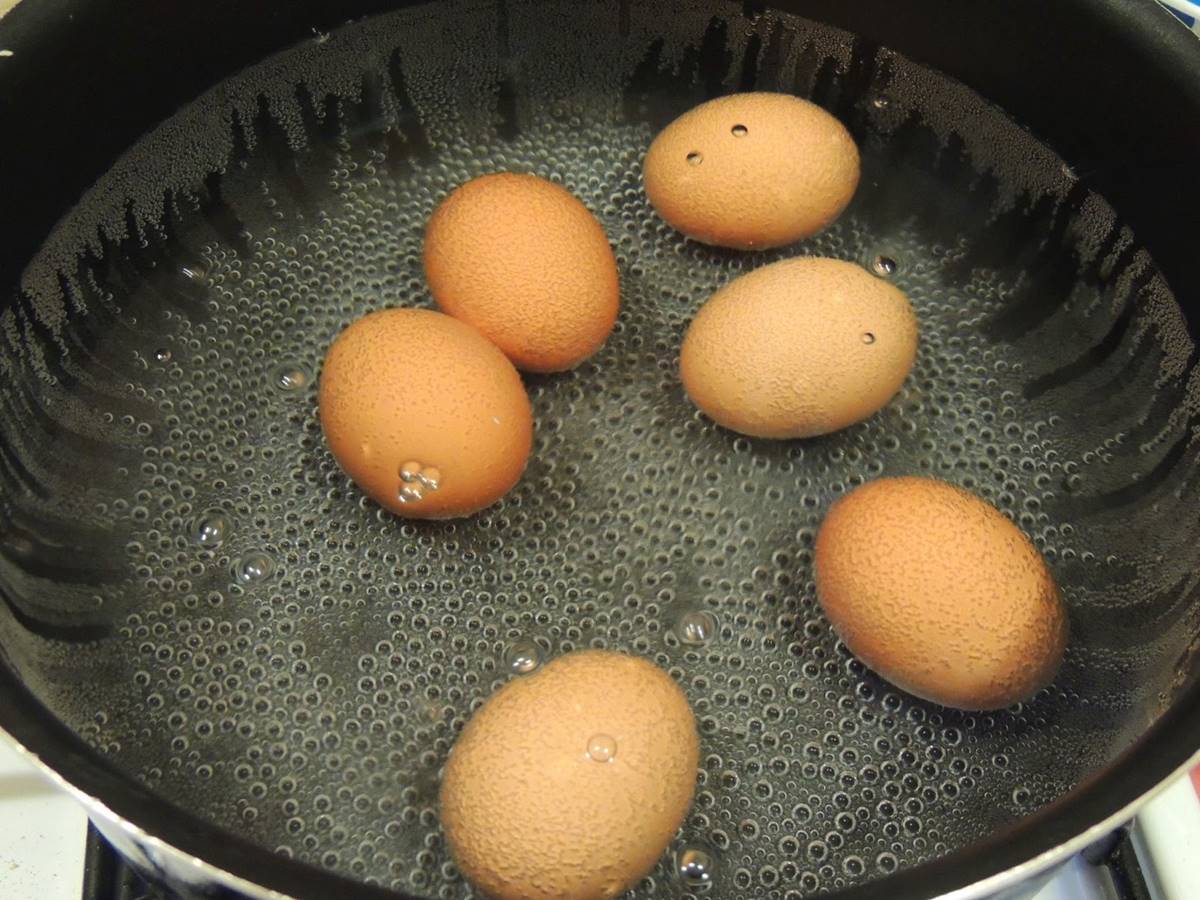Boiling salt out of water might sound like a task reserved for chemistry labs, but it's surprisingly straightforward and practical, especially if you're aiming to reduce your sodium intake or need distilled water for a recipe. This process, known as desalination, involves heating saltwater until it turns into vapor, leaving the salt behind, and then condensing that vapor back into liquid form. Ideal for those living in coastal areas or anyone interested in DIY science experiments, mastering this technique can be both rewarding and useful. Let's dive into the steps to achieve pure, salt-free water through boiling.
Essential Ingredients for Salt Removal
- Large pot
- Water
- Heat source (stove or electric burner)
- Container for collecting desalinated water
- Glass or metal bowl (smaller than the pot)
- Plastic wrap
- Small weight (like a rock or heavy spoon)
- Ice cubes
Necessary Tools for Desalinating Water
- Large Pot
- Stove
- Measuring Cup
- Spoon or Stirring Utensil
- Strainer or Cheesecloth
- Container for Storing Fresh Water
Boiling salt out of water requires evaporation. Heat water until steam forms, leaving salt behind. Capture steam, cool it down, and you'll have salt-free water. Ideal for experiments.
The Importance of Removing Salt from Water
Boiling salt out of water, commonly known as desalination, is a process used to obtain fresh drinking water from salty or brackish sources. This method is crucial in areas where fresh water is scarce, providing a vital resource for hydration and daily needs.
Desalination works by heating salty water until it evaporates, leaving salt behind. Then, condensation of this vapor yields drinkable water. This technique not only supports communities in arid regions but also offers a solution to global water scarcity challenges.
Step-by-Step Guide to Desalination
Step 1: Gather Supplies
- Large pot
- Fresh water
- Heat source
- Container for collecting desalinated water
- Condensation lid or plastic wrap
- Small weight or rock
Step 2: Fill Pot with SaltwaterPour saltwater into your large pot, filling it about halfway. This ensures there's enough room for boiling without spilling over.
Step 3: Place Collection ContainerSet a smaller, empty container in the center of the pot. This container will catch the desalinated water. Ensure it's tall enough to not get submerged as the saltwater boils.
Step 4: Cover the PotCover the pot with a condensation lid or tightly with plastic wrap. If using plastic wrap, secure it around the edges of the pot to trap steam effectively. Place a small weight or rock in the center, above the collection container. This setup encourages condensation to drip into the collection container.
Step 5: Boil WaterHeat the pot on your chosen heat source. As the water boils, it will turn into steam, leaving salt and other impurities behind.
Step 6: Condensation ProcessSteam will condense on the underside of the lid or plastic wrap. Because of the weight's placement, condensed water will drip into the central collection container.
Step 7: Continue BoilingKeep the water at a steady boil, checking periodically to ensure your setup is working correctly. The process may take some time, depending on the amount of fresh water needed.
Step 8: Collect Desalinated WaterOnce a satisfactory amount of water has collected in the central container, remove the pot from heat. Carefully take out the collection container, avoiding any contact with the still-hot saltwater.
Step 9: Cool and StoreAllow the desalinated water to cool before transferring it to a storage container. This water is now significantly lower in salt content and suitable for various uses.
Step 10: Repeat if NecessaryIf more desalinated water is needed, repeat the process with fresh saltwater. Ensure to start with a clean collection container each time to avoid contamination.
Mastering the Art of Desalination
Boiling salt out of water might seem like a trick up a magician's sleeve, but with the right approach, anyone can do it. Remember, patience and precision are your best friends in this process. Start with a clean setup, choose your method wisely—whether it's simple evaporation or using a more sophisticated distillation setup. Keep an eye on the temperature, as too much heat can waste energy and too little might not get the job done. And don't forget, collecting the distilled water requires a clean, cool container to ensure you're getting the purest form of H2O. With these tips in hand, you're well on your way to successfully removing salt from water, whether for a science project, emergency survival skills, or just to satisfy your curiosity. Happy boiling!
Frequently Asked Questions About Desalination
Can you really boil salt out of water?
Yep, you sure can! When you boil water, the water turns into steam and leaves behind the salt. This process, known as distillation, separates pure water from salt.
What equipment do I need to boil salt out of water?
You'll need a few basic items: a large pot for boiling, a smaller pot or heat-safe bowl, and a lid that fits the large pot but can sit high enough to allow steam to circulate. A glass lid is perfect so you can keep an eye on the process.
How long does it take to boil salt out of water?
Time varies depending on how much water you're starting with, but expect it to take a while. Boiling off a gallon to get a decent amount of fresh water might take a few hours. Patience is key here.
Is the water that's been boiled to remove salt safe to drink?
Absolutely, once you've separated the water from the salt through distillation, it's pure and safe to drink. Just make sure you've collected the steam-turned-water in a clean container.
Can I boil salt out of water to make it suitable for cooking or just for drinking?
For sure, the water you get from this process is great for both drinking and cooking. It's free from salt, making it versatile for any kitchen use.
What happens to the salt after the water is boiled away?
The salt stays behind in the pot as the water evaporates. You'll see it accumulate as the process goes on, leaving you with a residue of salt once all the water has been turned into steam and collected.
Can this method remove other impurities besides salt from water?
Yes, distillation can remove many types of impurities, not just salt. However, some chemicals with boiling points close to that of water might still pass through. For most common impurities, though, distillation does a pretty good job.
Was this page helpful?
Read Next: How To Boil Beetroot
